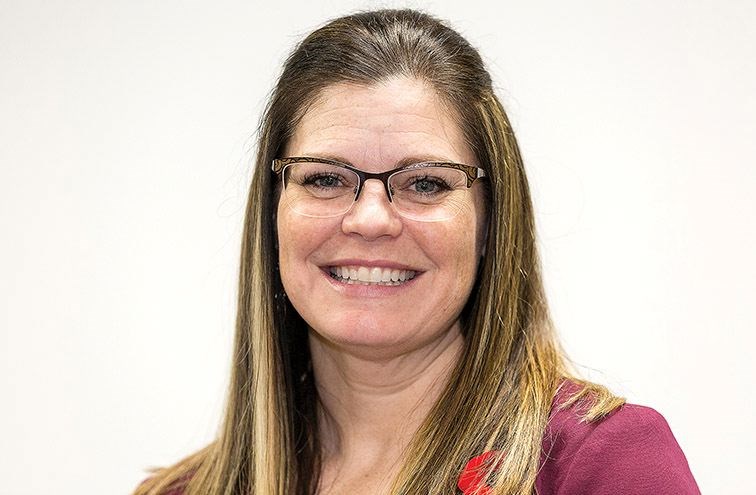B.C.’s Minister of Education cited disengagement, learning loss, and struggles with remote studying as the main drivers behind the decision to reopen schools.
“The first reason why we're where we are today was concern about a lot of kids experiencing learning loss,” said Education Minister Rob Fleming last week, of the June 1 school reopenings. “Younger kids in particular, struggling with the online remote learning.” As well, children themselves reported “very high levels of disengagement,” he said.
The loss goes beyond academic and includes a potential loss of mindset, said Anita Richardson, Superintendent for Prince George School District. “The mindset of being a student, the mindset of actually being in a school, of feeling psychologically safe,” said Richardson.
“Education is certainly the primary reason that we send kids to school,” said Dr. Trevor Corneil, a clinical professor at University of British Columbia’s School of Population and Public Health. “But there's a lot more than just math and science going on.”
Schools provide access to mental health care, greater food security, regular exercise and more, said Corneil. An extended disruption of learning can exacerbate conditions for kids reliant on school for those supports, he said.
“Not going to school marginalizes children for what is essentially an adult disease,” said Corneil, who is also the COVID-19 medical lead in the Provincial Health Office. As of June 7, only 87 of the province’s 2,628 diagnosed COVID-19 cases were children or youths.
For students with mental health issues, social isolation can worsen their symptoms, he said.“Those children who are dealing with difficult home situations, or their own social distractions outside of the school, and have been finding themselves disengaging from the educational system,” Corneil said. “There is the risk that that disengagement will increase, and then will be more long-lasting.”
Richardson said it’s not just a phenomenon with students. “The longer we sit in that mentality of avoiding connections because of fear of illness and exposure and risk, the harder it is to come back out of that.”
Students and families with pre-existing vulnerabilities, may be even more vulnerable now, said Dr. Alison Spadafora, a registered psychologist from Kelowna who has worked with adolescents for 10 years. Remote learning adds pressure on families depending if the parents are working or not, how many children there are, and if they are self-directed learners or require extra support.
“Opening up on a part-time basis (is) a really good thing for some kids,” said Spadafora, who is also an adjunct professor at USB Okanagan. “Because some families really need that right now.”
Schools can offer a break from family stress, even for families who are doing well but lack resources or availability to supervise home schooling.
“Students learn best when they're in a relationship with the teacher,” said Richardson. School relationships provide connectedness for children to something more than just themselves, she said.
“We think about the importance of academics,” said Spadafora. “But without the social and emotional learning, it really limits how well we're able to use the skills we learn at school.” Success in life requires both, she said.
A daunting enough task even in pre-pandemic times, let alone in a rapidly-envisioned and adopted remote learning environment. Which is why, when schools began online learning in April, school district administrators told teachers connecting with students was the priority.
“Our full intention entirely for the first week was straight relationship,” said Richardson. “Just make connections, see how kids are doing, re-establish that trust and that connection in this new platform.”
“Taking the focus off of academics and putting it on the relationship is in line with what I would say the best practices are,” said Spadafora.
Richardson said they wanted to ease pressure off delivering curriculum, allowing a focus on core competencies. “It's not like we're not meeting the goals of education,” she said. “There's a lot you can focus on social emotional learning and core competencies that's not that traditional curriculum base but still important… to the success of students.”
Throughout, she said, staff have concentrated on maintaining face-to-face teaching opportunities through virtual classrooms, group conference calls, and one-on-one sessions.
“We have no evidence, we have nothing to compare it to,” said Richardson, but the first week back at school may speak for itself. “The smiles, the laughter, the energy, just the joy of being back together in the space of a school was completely evident,” said Richardson.



